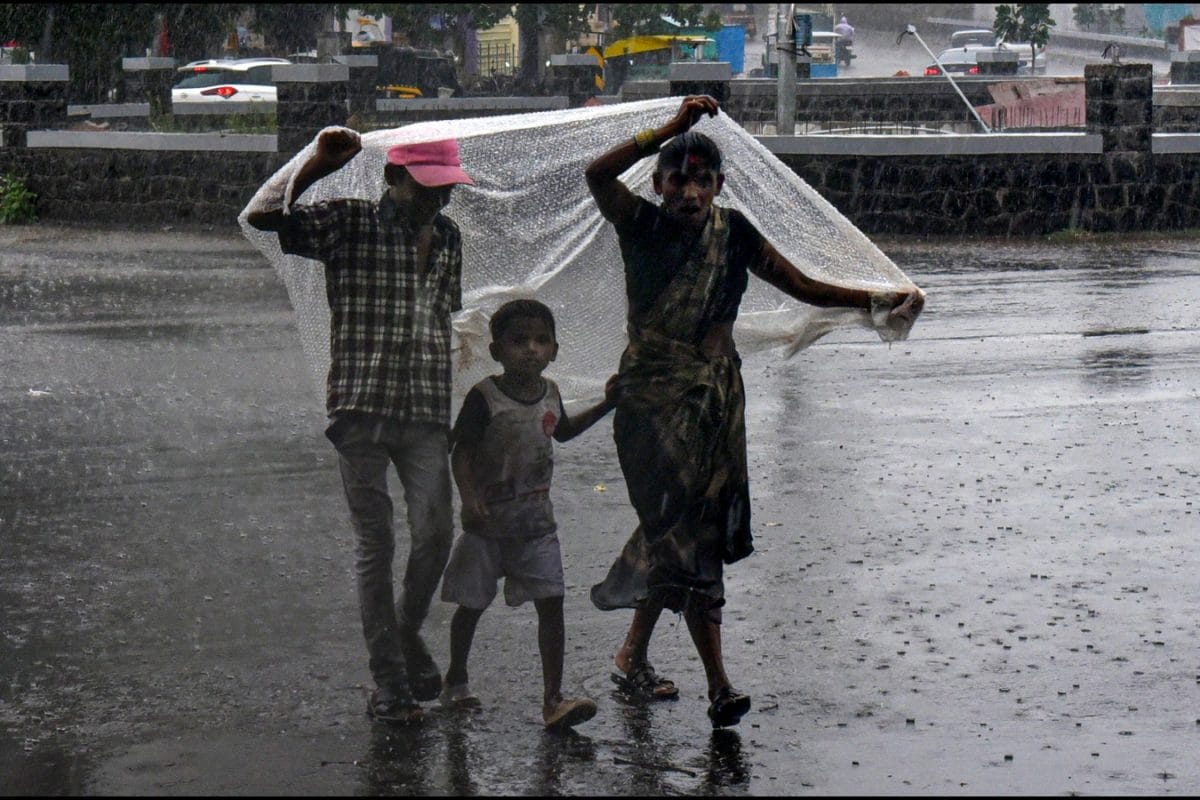

Maharashtra is currently experiencing a mix of pre-monsoon relief and agricultural distress as unseasonal rains sweep across the state. While the early showers offer a respite from the rising temperatures and prepare the ground for the upcoming Kharif season, they have also caused significant damage to standing crops and fruit orchards, leaving farmers in a precarious situation.
The India Meteorological Department (IMD) has issued multiple alerts, including Orange and Yellow alerts for various districts, forecasting thunderstorms, lightning, and gusty winds for the next few days. These conditions are attributed to a cyclonic circulation over the Arabian Sea and a trough extending to Madhya Maharashtra. The Konkan belt, including Mumbai, Thane, and Palghar, has already experienced heavy rainfall, disrupting normal life.
The unseasonal rains have particularly impacted the Marathwada region, where continuous rainfall over the past few days has devastated summer crops and fruit orchards. Strong winds have further exacerbated the damage, especially to mango, banana, and pomegranate plantations. Nashik, Sangli, and Solapur districts have also faced significant losses, with vineyards and watermelon farms bearing the brunt of the weather's fury. Farmers in Nashik report losses of 20-25% of their grape crop, with financial damages ranging from ₹2 lakh to ₹2.5 lakh per farm. The hailstorms have cracked grape clusters, and continuous moisture has led to premature fruit drop, raising concerns about fungal infections threatening the grapevines.
In Jalgaon and Nashik districts, over 1,300 hectares of farmland have been affected by unexpected rain, hailstorms, and strong winds. Banana plantations in Jalgaon have been particularly hard-hit, while onion crops in Nashik have also suffered losses. Pune district has also reported crop damage on over 700 hectares due to the pre-monsoon showers, with mango plantations and vegetables being the most affected.
The early arrival of the monsoon, predicted by the IMD, is a mixed blessing. While it promises timely irrigation for the Kharif season, the unpredictable nature of the rainfall poses risks. Premature sowing can backfire if the rains stop suddenly, leading to seed rot or washouts. Uneven rainfall distribution, with heavy downpours followed by long dry spells, can also be detrimental to crops, especially in rain-fed regions like Maharashtra. The IMD has advised farmers to wait for stable rain cycles before sowing, expected after the official monsoon onset in early June.
The state government is urged to conduct immediate damage assessment surveys and provide compensation packages and loan waivers to affected farmers to prevent long-term repercussions on the rural economy. Jayant Patil, the president of Maharashtra NCP (SP), has called for immediate government aid, highlighting the severe crop damage across various regions and the predictions of continuing showers.
The current weather conditions also raise concerns about public health. Early monsoon increases the risk of waterborne diseases and mosquito-borne illnesses. Doctors advise staying hydrated, wearing dry clothes, and avoiding outside food. Municipal authorities are urged to clean drains and control mosquito breeding in urban areas.